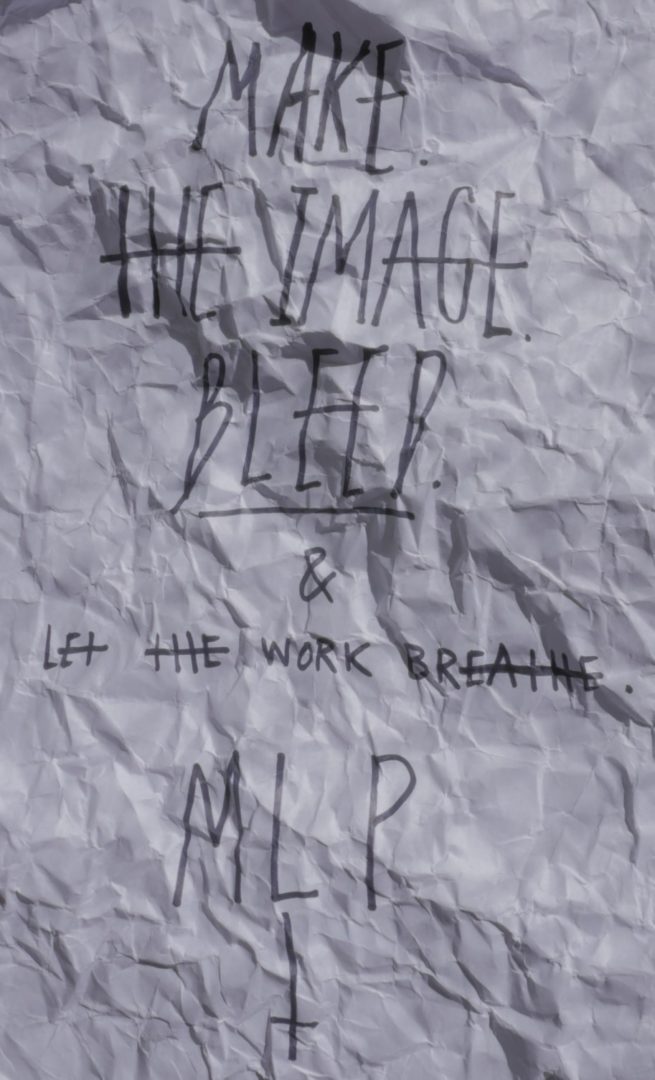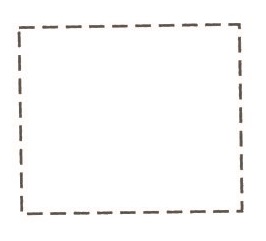ABSTRACT
‘DeLillo exposes data as spiritual chaos.’ + ‘The art of the cinematograph is … the application of space in time.’ + ‘Let nothing be changed and all be different.’ + ‘the eye cannot pan smoothly’
return to lovingly handcrafted pieces as valuable work, even on a big screen + let the film breathe + reexamine reality as you see it + importance of creative translation from perception to conception
Film is a body. Let its creases + cracks + scratches + sketches show.
Whether celluloid or digital, ‘There is magic to be found in everything.’ – Nathaniel Dorsky
The amateur might have something valuable to say. The professional has had more time to revise it.
“Man must learn to dissociate. Today everything is an association of ideas; but not necessarily ideas based upon truth.” – Gregory J.
“People see what they want to see and what people want to see never has anything to do with the truth.” – Roberto Bolaño, 2666
++++
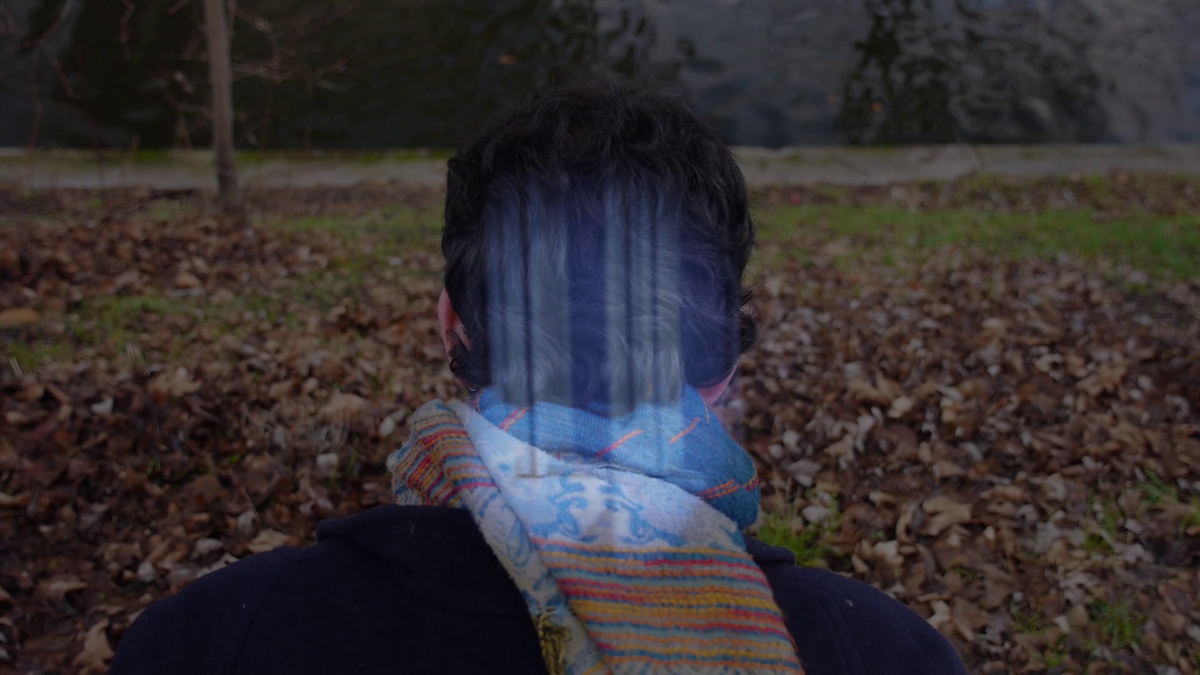
IN THE CEREBRUM
When I visited the Berlinale in 2015 it was my first experience at a real film festival. I remember going to the press conference that introduced the jury on the opening day of the festival. The creator of Mad Men, Matthew Weiner, talked a bit about how most finished works do not show the evidence of the original ‘sketches’ which led to the final product, and as such it can be difficult to emulate or understand how they seemingly produce such ‘greatness’ from nothingness. Though I have never seen an episode of Mad Men, this comment made a lasting impression on me. Why shouldn’t more sketch lines be made visible in a finished work? Contemporary trends in image-making are so focused on an imposed and artificial ideal of the ‘cinematic look’ perpetuated by serial drama after Hollywood blockbuster, as every new work pushes to look like everything else. When will this self-imposed monotonous tyranny end? Fuck the visual police.
While we are still on the subject of sketch marks, let us call them stretch marks. Time leaves its mark on our bodies, why should the same not be true of a body of work? Bodies bruise, bodies bleed. Celluloid is transformed a little bit each time it is viewed, while digital filmmaking continues to loosen its grip on physical reality.
A filmmaker must speak and be silent. A critic must be silent and speak. Considering myself both filmmaker and critical writer, I must make demands of both, and in so doing, hold myself accountable.
FILM MUST BREATHE AND BLEED. Perfectionism allows for neither. A film which does not bleed is dead in the water. A film which does not breathe invites no one in. Note: there is an important distinction between deliberately taking someone’s breath away and never allowing for one in the first place. Do you want to leave your audience breathless or keep them from breathing?
ROMANTIC ENIGMAS can be useful, but they must be well-examined. Why write in the night? It has a different energy, it offers different ideas. Sit on a neighborhood corner at noon and watch the bustle pass by, receive a fullness to transfer into your work. Visit the same spot at midnight and watch the emptiness to transfer into your work. Watch the night breathe.
While art is by no means required to provide ‘answers’ of any kind about topics it addresses or the world at large, there have been ample ‘investigations’ that begin and end nowhere. Most of the wandering art-house lacks the true contemplation of the avant-garde. I hold in higher regard a hand-crafted object born of love and devotion (though it is often dirtier) than a smooth machine-softened production.
WE HAVE REACHED THAT AGE: we cannot fight the polished machines of capital by trying to make our own machines look smoother, for we stand no chance in the face of MONOPOLY, INDUSTRY, and CORPORATE EXPANSION. We must instead present those objects that stand in filthy, defiant opposition. A hand-painted dot is more valuable than a 3D printed sphere.
My pen on this paper must be stronger than the smart-sword, so that once it is re-edified and thrown via publication into that endless hell of total ‘connection,’ it will do so only to reach others, without the burden of needing to prove itself. The ink on paper is real first and copied later. The idea born inside a screen never existed.* “Digitize me, cap’n,” the echoes of capitalistic mantras from my youth persist. Yet I am still in my youth and hope not to leave it any time soon. I have tried self-repression and it did not become me and is not useful at this (or any other) time. This moment is a gift, so I will use it to the best of my abilities.
*That said, it’s true that even most tweets are born in the mind, and there they are refined until ready for their premiere in the great gig in the virtual sky (the cloud?).
Just as ‘Film Twitter’ will hold different meanings for different readers, differently versed, so too will ‘art-house,’ ‘experimental,’ ‘film.’ FILM. This word will mean different things. Trying to separate ‘movies’ and ‘cinema’ is pointless. Although I am merely an Oklahoma boy living in Berlin writing for Belgium, I will use this New York word, ‘cinema.’ Just talk about the images. Just try to give an idea that you mean a different kind of ‘movie.’ They all move. They are all ‘move-ies.’ How can I hope to reach anyone who doesn’t already ‘know what I’m talking about’?
Some become mere hashtags with which to pepper our writing and signal a vague semblance of knowledge. ADDICTED TO THE PEN, IMAGES OF THE CAMERA PEN ARE RETURNED TO WORDS IN AN ATTEMPT TO EXPLAIN WHAT WAS WITNESSED. Pen or camera as extension from the hand.
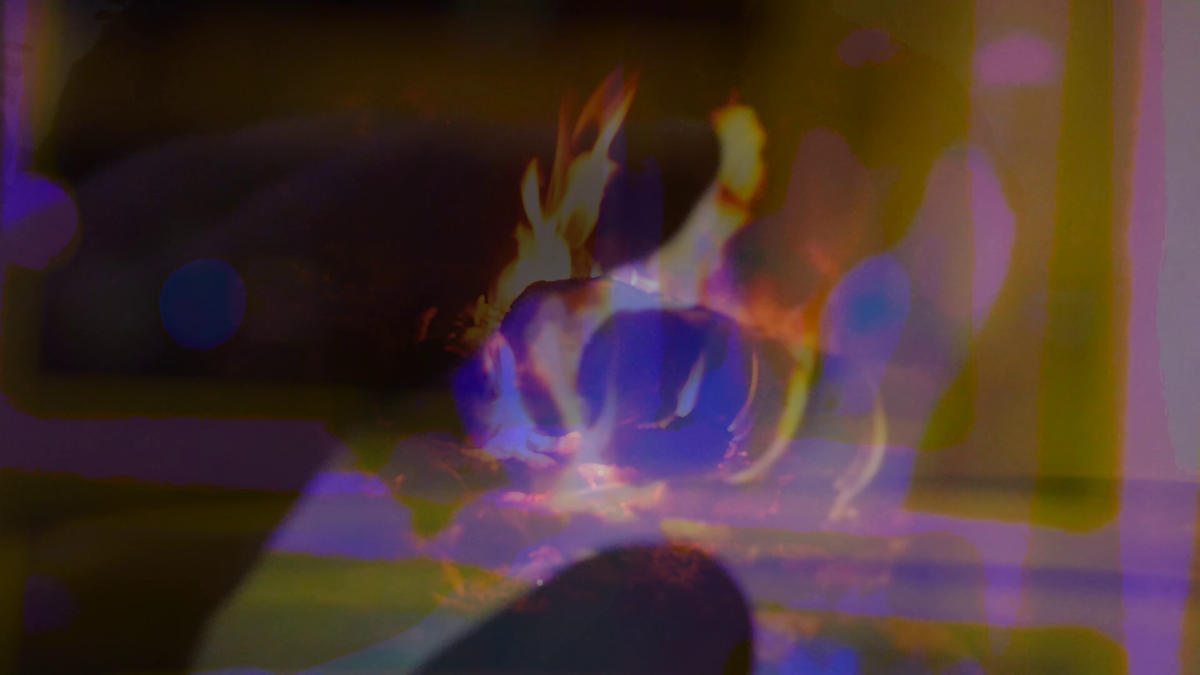
WHAT HAPPENS IN OUR HANDS
Greenaway and Godard were onto something: it is perverse to expect an image-based art to first provide a linguistic record as a blueprint. Of course most people (a significant number of critics and film workers included) will consider the same, always touting the importance of a ‘good script,’ without recognizing efforts (which they even enjoy) that used minimal script or might as well have been made without one.
Hands can produce text. Hands can also mold clay.
Let us be open to new ways of planning a film.
Learning photography is inevitably the process of learning to reproduce reality, not exactly as it is, but typically at least a visually similar facsimile. Fingers wrapped around the curves of the camera, producing warped images takes either a highly trained professional or an absolute amateur. The middleman/ma’am/other will not go there. There are problems, weights, which distortions carry. They can often be more difficult to produce ‘well,’ than clear, professional tableaus or portraits, landscapes, FOUND or PRODUCED footage. The hands must be ready to wield and move the camera, interact with the location, feel the textures so as to accurately translate their visual equivalences.
BRESSON, from Notes on the Cinematograph:
“Let nothing be changed and all be different.” (87) Use existing visual language, but present it in a way that is uniquely you. Otherwise there is no point.
“CINEMATOGRAPHY IS A WRITING WITH IMAGES IN MOVEMENT AND WITH SOUNDS.” (7) If this is true, then writing a script beforehand is sort of redundant.
“An actor in cinematography might as well be in a foreign country. He does not speak its language.” (26) “Sudden rise of my film when I improvise, decline when I execute.” (26)I like to think of Fincher as executioner.
“Make visible what, without you, might perhaps never have been seen.” (50) Push your body + soul into the picture + let it be known as your own.
“Make the objects look as if they want to be there.” (69) Treat them as breathing beings. A static individual at a screen still breathes.
“defeat the false powers of photography” (75) – admit that an image is not reality, give up false attempts at realism.
“Hollow idea of ‘art cinema,’ of ‘art films,’ Art films, the ones most devoid of it.” (75) Soulless.
BRAKHAGE, from “Manifesto,” found in Essential Brakhage:
“The Arts manifest as mock of what, once, they were.” (204)
“The commercial cinema fails again and again, recovers its losses, stumbles on, ‘looks good’ a while, fails once more, forever more… for its usages of Film (escapism, a necessity for wage slaves who cannot plot actual escape except by enslaving others, ‘dreams’ dreamt-as-manufactured to pass insomniac nights, unholy orderings for those who fear ordinary chaos, styles-of-time for times at status-quo lacking style-as-soul), all these star-studded pleasurable blasphemes against Film Form, all The Movies, as they are known in endless merry-go-round, are norm of encaved humans at play in the imaginary fields of the social world… no harm in the long run.” (205-206)
Let us learn to start over. Excise narrative and work with the bare essentials first. Let the film breathe.
Bresson: Hands.
Dorsky: Flowers.
Benning: Landscapes.
Narrative probability is not important. Sincerity is. Allow room for sincerity; allow your story the room to grow, to dream. Allow for vascular morphogenesis so that blood may have tunnels to flow through.
Dorsky points out in Devotional Cinema as Tarkovsky did before him that image-making is ‘sculpting in time.’ Sculpt out enough time to breathe.
David Foster Wallace’s concept of IMAGE FICTION, in the essay ‘E Unibus Pluram: Television and U.S. Fiction’ makes reference to the alienation of the familiar.
“DeLillo exposed image, signal, data and tech as agents of spiritual chaos and not social order.”
For me, this resonates with Bresson’s philosophies and images in a significant way.
At some point, metafiction became accepted as interchangeable with irony, or exclusively a signifier of irony. For me, it has so much more to do with sincerity, a search for honesty in pointing one step closer to reality, to unveil the wizard behind the curtain.
White noise, all of these ‘extras.’ Too many people, too much produced, too much shit. Overflow.
Bresson as visual equivalence, predecessor of DeLillo. The text is lucid; simple, clear. The author is lucid; implies awareness, sanity, understanding what (s)he/they is/are up to. When the performance is stripped of its performance it becomes akin to raw information, with a new meaning and more interpretive flexibility.
This is essential to understanding the possibilities of the moving image, and how to make it bleed.
STRAUB, in Jean-Marie Straub and Daniele Huillet: Writings:
“In the cinema, in being content to oppose the system, we run the risk of strengthening it.” (107)
“The art of the cinematograph is nothing other than the application of space in time. No one will be received as a master of cinematographic art who is not of honest and moral character.” (58)
“Filmmaker so that we know his cinematograph is a menace to the cinema; may his cinematograph be menacing, be a menace.” (60)
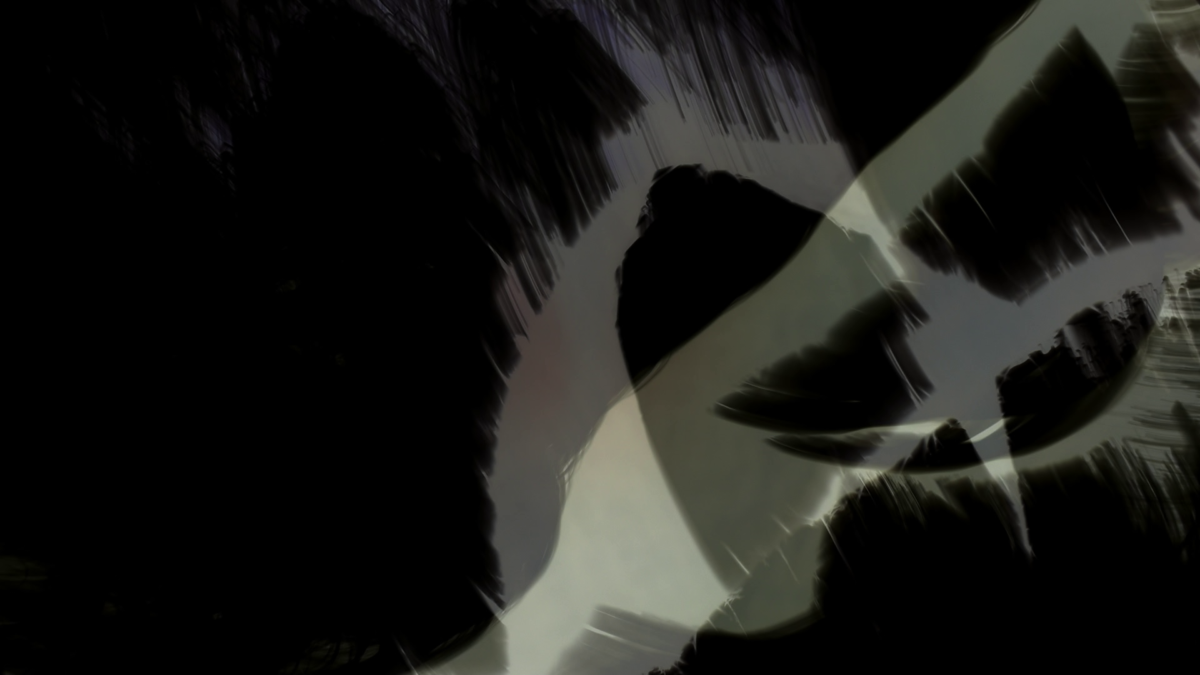
The digital revolution has meant that independent filmmakers (such as I) can now pick up a consumer grade camera for a relatively low cost barrier and create whatever images they want. This has produced myriad new and arguably worse problems in production and output than the former industry yielded. With all that freedom, countless filmmakers try to simply emulate everything Hollywood on a smaller scale, and without paying (or underpaying) most of their workers. I am personally guilty of this same underpaying to some degree, but I have also worked for free.
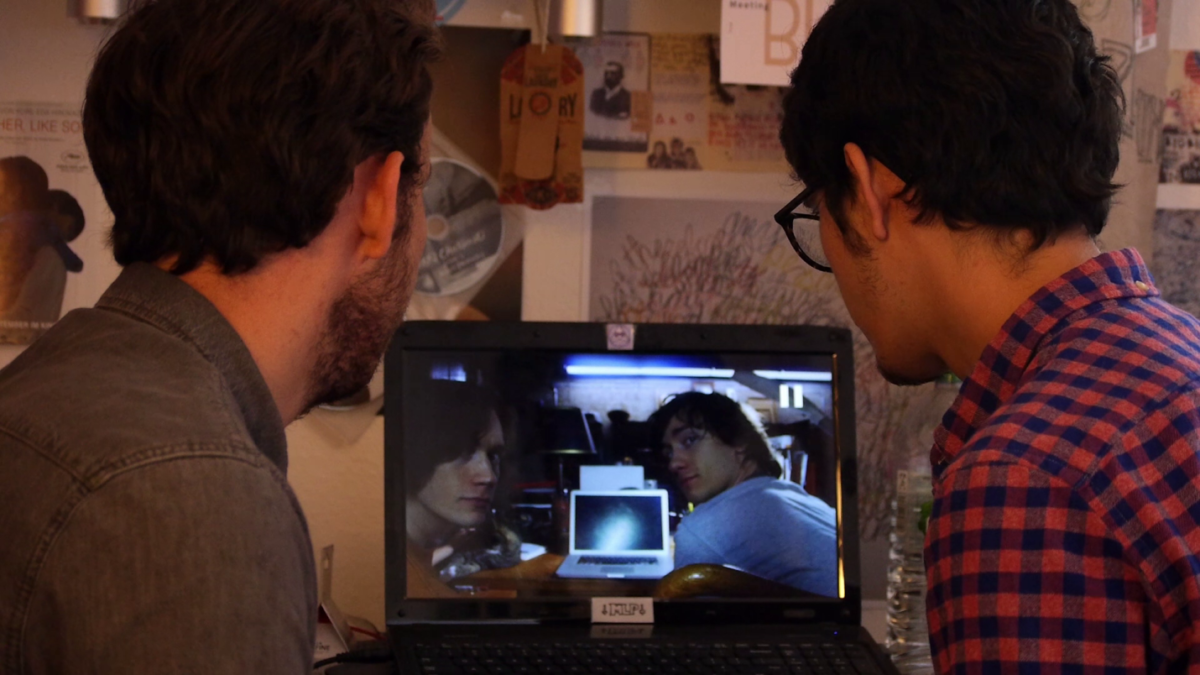
WHEN TO PULL THE VEST:
It’s time to think responsibly. Let me be clear that in saying this that I do not mean filmmakers must become the didactic moralizers a subset of audience members have inexplicably come to expect from a maker of fiction (I guess because it makes them feel like they have more control over reality), but to consider first of all if the work really needs to be a film: does it need to come into this world in the form of moving, speaking images? Or could it say, be told in the form of written words? Or perhaps it requires actors but not a camera, in which case I would certainly recommend trying it in the theater first. Some ideas you can even share verbally with those close to you. Others you can keep to yourself.
We cannot escape our consumption entirely, but please be conscious consumers. This does not only mean to sit through a two hour film without checking your phone or resorting to a vegetative mental state. THIS ALSO MEANS: feed your crew well but try not to produce the amount of waste that has become so standard with such practice. Give up small conveniences for the betterment of everyone (billionaire CEOs excluded): Netflux, Amazen, Fussbook, Sputify, Bullsheet. If you can’t give up your digital habits (and most of us cannot), some decent alternatives: The Criterion Channel (for those in the U.S.), MUBI, Kanopy, E-mail, Postcards, bandcamp, actual books.
In this anti-tech talk I am often reminded with a smile of Nick Nolte in Scorsese’s ‘Life Lessons’, from the anthology film New York Stories, as he harasses his ex with a surprise and unwanted greeting at the airport. She asks, “Don’t you ever listen to your machine?” He replies, “Listen to your machine? Doesn’t that have a horrifying ring to it, that expression, ‘Listen to your machine’?” This in 1989. ‘A Whiter Shade of Pale’ repeatedly interrupts the soundtrack, in a manner similar to how most music grows on us, is even advertised at us. What’s important is whether or not you choose to carry it further with you.
It’s telling that a quick goggle search for “listen to your machine” summoned Florence + the Machine as the top result. Information no longer shares itself, despite outward appearances and claims of “more accessibility than ever before,” the droids you’re really looking for are buried deeper than ever.
For a nation that continues to pretend that everything is about free market and choice, the U.S. sure does seem to love its monopolies, giants, conglomerates, and absence of choice. The same asshole who is going to tell me it’s about having CHOICES on the market is also going to go to the cinema for movie after movie put out by the same damn giant corporation: dis-knee.
-Fugazi
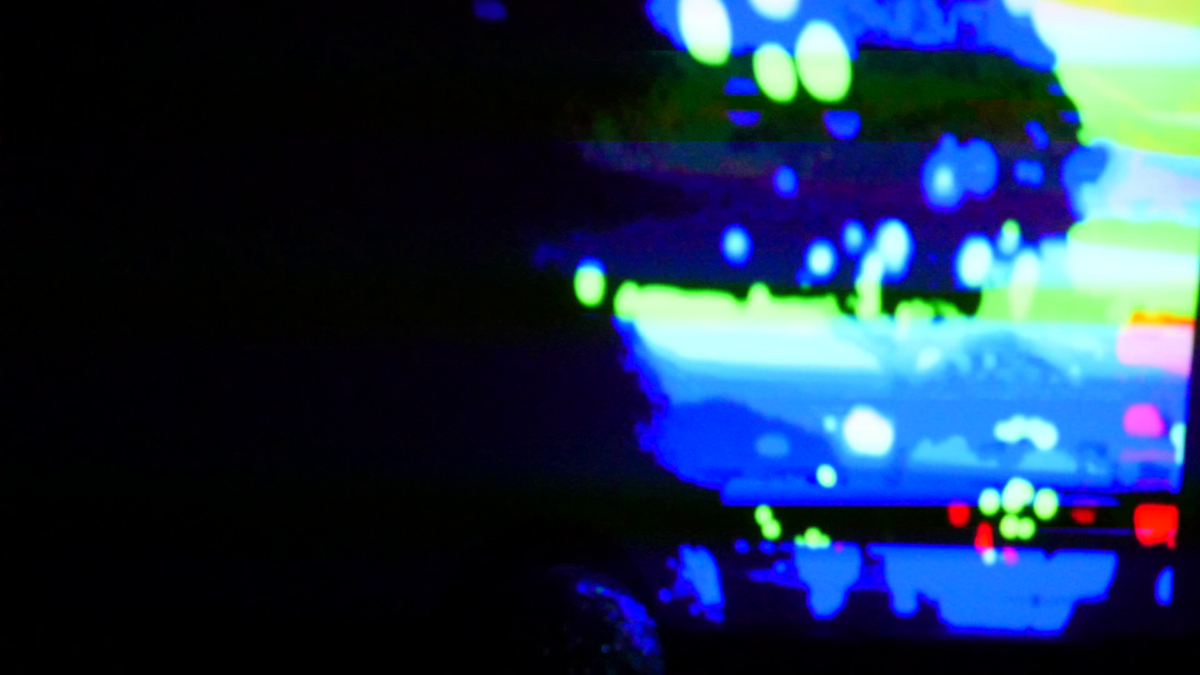
“But there is always a difference between dreams and reality, which becomes clear as the superficial contrast diminishes. The difference in this case was reflected in the architecture, which is, in itself, a reciprocal mirroring of what has already been built and what will be built eventually. The all-important bridge between the two reflections was provided by a third term: the unbuilt.
The unbuilt is characteristic of those arts whose realization requires the remunerated work of many people, the purchase of materials, the use of expensive equipment, etc. Cinema is the paradigmatic case: anyone can have an idea for a film, but then you need expertise, finance, personnel, and these obstacles mean that ninety-nine times out of a hundred the film doesn’t get made. Which might make you wonder if the prodigious bother of it all – which technological advances have exacerbated if anything – isn’t actually an essential part of cinema’s charm, since, paradoxically, it gives everyone access to movie-making, in the form of pure daydreaming. It’s the same in the other arts, to a greater or lesser extent. And yet it is possible to imagine an art in which the limitations of reality would be minimized, in which the made and the unmade would be indistinct, an art that would be instantaneously real, without ghosts. And perhaps that art exists, under the name of literature.
In this sense all the arts have a literary basis, built into their history and their myths. Architecture is no exception. In advanced, or at least sedentary, civilizations, building requires the collaboration of various kinds of tradesmen: bricklayers, carpenters, painters, then electricians, plumbers, glaziers, and so on. In nomadic cultures, dwellings are made by a single person, almost always a woman. Architecture is still symbolic, of course, but its social significations are manifest in the arrangement of dwellings within the camp. The same thing happens in literature: in the composition of some works, the author becomes a whole society, by means of a kind of symbolic condensation, writing with the real or virtual collaboration of all the culture’s specialists, while other works are made by an individual, working alone like the nomadic woman, in which case society is signified by the arrangement of the writer’s books in relation to the books of others, their periodic appearance, and so on.”
-Cesar Aira, Ghosts (57-58)
TWO CABINS:
I do not trust a messenger who has no historical precedent to hold up and say “like this! I am not the only, nor the first!” Thus I point to the texts I manage to find because I am sure there are also similar ideas expressed where I have not yet looked, that I have not yet found. This will not change. There is simply too much history. That said, I like using existing texts as con-texts. One of my favorite manifestos consists of two shots, 30 minutes, 20 words, and an entire supplementary book. That manifesto is a film by James Benning titled Two Cabins. While its maker might not agree with calling it a manifesto, it is at absolute minimum manifesto-adjacent.
Here is the entire on-screen text of the film:
Two Cabins
Thoreau
[first shot of the film plays here for about 15 minutes]
Kaczynski
[second shot of the film plays here for about 15 minutes]
filmed in the Sierra Nevada
sound recorded at Walden Pond and Lincoln, Montana
James Benning
2010
Two Cabins: Thoreau, Kaczynski, James Benning. Why are extended quotes and pointing to other complete texts useful? Because with a title, TWO proper nouns and a signature (! how many can manage to communicate so much with so little?) Benning points us to his point of interest: a man isolated in nature, in revolt against societal norms, industrial development, mankind’s greed and structure imposed upon the gift of this green earth, names which carry the entire historical weight of the lives lived behind them. You can watch the film and just enjoy the view out of two different windows. Then you can ask yourself, who’s this Thoreau guy? And Kaczynski? For those who already know, it’s a good opportunity to revisit the writing of each. For those who don’t know: Henry David Thoreau wrote Walden and Civil Disobedience, a pair of manifestos on the joys of nature and the despair of modern life (in 1854), one of the original punks, despite living not too far from his mom’s place. Ted Kaczynski, better known as ‘The Unabomber,’ wrote Industrial Society and Its Future, more colloquially known as “The Unabomber Manifesto.” Both lived alone in a cabin in the woods, the ultimate anti-tech fantasy scenario/butt of the ‘we live in a society’ meme. Both also built the very cabins they lived in. This ‘build it yourself’ element is one of the largest missing pieces in so many people’s contemporary lives. The time has been stolen from so many. How can we stop just to learn to build it ourselves while plugged in, and office-bound? A body must move, a body must rest.
The brilliant part is, by merely reading the text of the film, Benning has more or less already communicated his idea to you. From there, it only gets better: the simple pleasure (largely forgotten) of staring out the window at a tree (the irony of using a digital screen to bring you this view is not lost on its maker), the fact that we cannot see the vertical edges of Thoreau’s window frame (his ideas continue to disperse bi-directionally through time, perhaps), Kaczynski’s window frame is not only a square in opposition to Thoreau’s rectangle, but it fits entirely within the frame of the video image (offering a more constricted worldview)… dig deeper and learn that Benning built both replica cabins himself! Even the supplementary text of the book which documents the project is largely based on context which points to the points without uttering them; the part of the text actually written by Benning is titled ‘Twelve People’, and provides short biographies of various real-life ‘characters’ in the piece, namely several visual artists whose paintings Benning re-created by hand to hang in the cabins, as well as the two main ‘protagonists’ responsible for the original cabins.
For the most part, the avant-garde is sincere. A lot of it would fall apart had it not been filmed and assembled so earnestly, with soul and by hand.
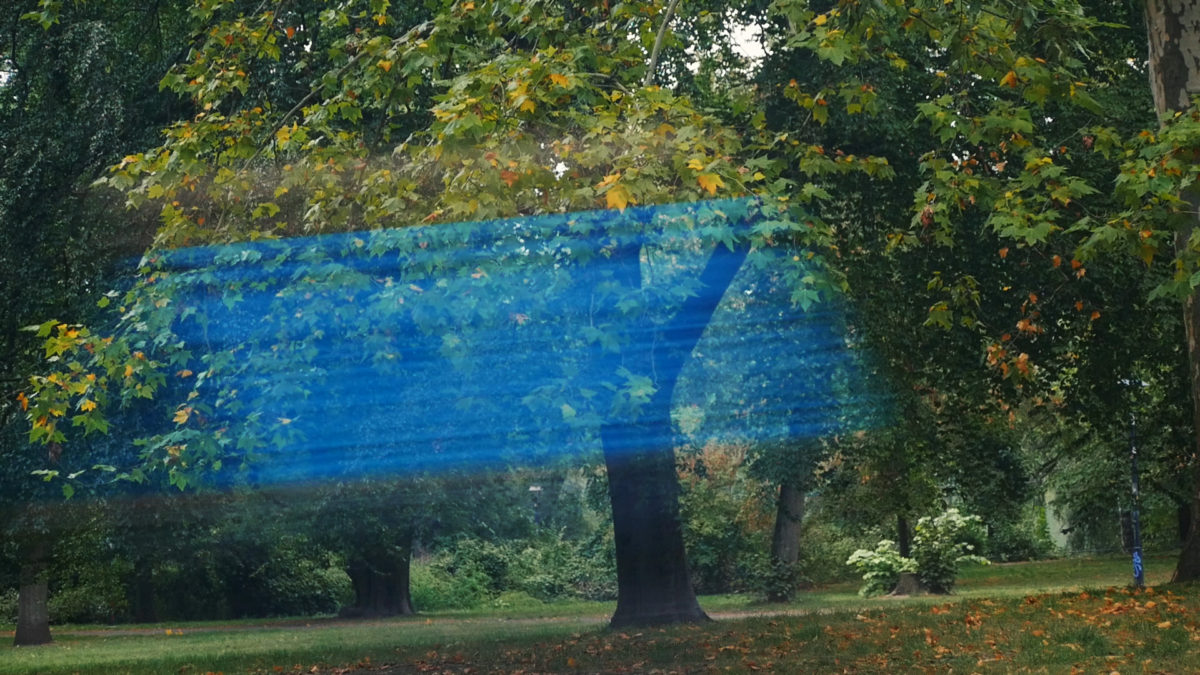
I FEEL IT IN MY FINGERS, I FEEL IT IN MY TOES
“I am the owner of my silence” says Reygadas.
My own paraphrasing of Dorsky paraphrasing Brakhage: “There is no such thing as a smooth pan in real life. Try. The eyes jump from one point to the next,” a series of delirious lurches we’ve come to ignore as extraneous noise, and interpret altogether as a smooth movement. Most people watch movies this way: trusting their memory over the film itself. There is nothing inherently wrong with trusting your memory of a film, as it is a unique and special thing on its own. The problem comes when one tries to critically compare a film to the memory of a film. There exist the fact of the images, and the memory of the emotions associated with viewing.
Practice watching the films which everyday life so graciously offers us. This sort of observational ‘surveillance cam’ is often considered objective in the cinema, yet it is the most subjective vision possible, most reflective of our personal perspective. We literally occupy the space where the camera is recording: we know nothing about the lives of the passersby lest they stop to tell us themselves.
Stop watching films you’ll hate: film criticism exists to help us toward this goal. It’s not that critics exist to say what is good or bad. They are here to tell us how they feel about the piece, and challenge prevailing norms with exciting examples from underground that stand up to the machines. It’s sort of up to us to know to what degree we usually will or won’t agree with the critic in question.
The road rolls ever onward. The movie plays again. ConsciousCinema! Not self-conscious. Aware! Not self-aware. Render your enemies worthless in the face of your enemies. Love your enemies so you will have none.
Digital noise for the pile.
Makes movies not war.
Stay calm and watch movies.
Terabytes of other useless slogans.
We are all culpable.
If you love art, support it.
Realize that we (in the first world, for the most part) live in excess and are responsible for our own unhappiness. Some things make it more difficult, but we own our own unhappiness.
We don’t need all this shit, and being able to afford it does not entitle you to access.
If you believe people should not be able to earn money by spying on you, delete fussbook. Quit your Amazune Prune and Netflux and your bullshit.
Quit eating meat all the time just because you can and it’s convenient. If you can’t give it up completely, then reduce. Set a weekly limit. Breathe.
Consider all of the money and waste involved in a big-budget production. Bleed.
They are annihilators not only of creativity, but they seek to (and have largely succeeded in) monopolize(-ing) not only entertainment but mainstream aesthetics. Peter Watkins calls this standardization of narrative and aesthetics the ‘Monoform’.
DO NOT BUY A 4K FLATSCREEN TELEVISION if a CRT screen or old flatscreen will do JUST FINE. If you want the cinematic experience, go to a cinema or buy a projector. Ideally both.
We’ve been tricked into believing in independent self-sustainability. Pooling our efforts is generally better for everyone. Because of how we’ve built all this, despite my battle cries, there are no real sweeping solutions. But stating what is clear is a good first step to face even more uncomfortable realities. The biggest weakness of First Reformed is that it is sort of a political revenge thriller, but we have to somehow set aside this accusatorial rage (don’t worry I feel it too) if we want to bring people together toward a common betterment of the planet. I have to forget about the asshole, who, upset that our café offered no single-use to-go cups, pointed to a lit-up glass refrigerator and suggested a thinly veiled hypocrisy in not offering paper cups…
-Glocca Morra
